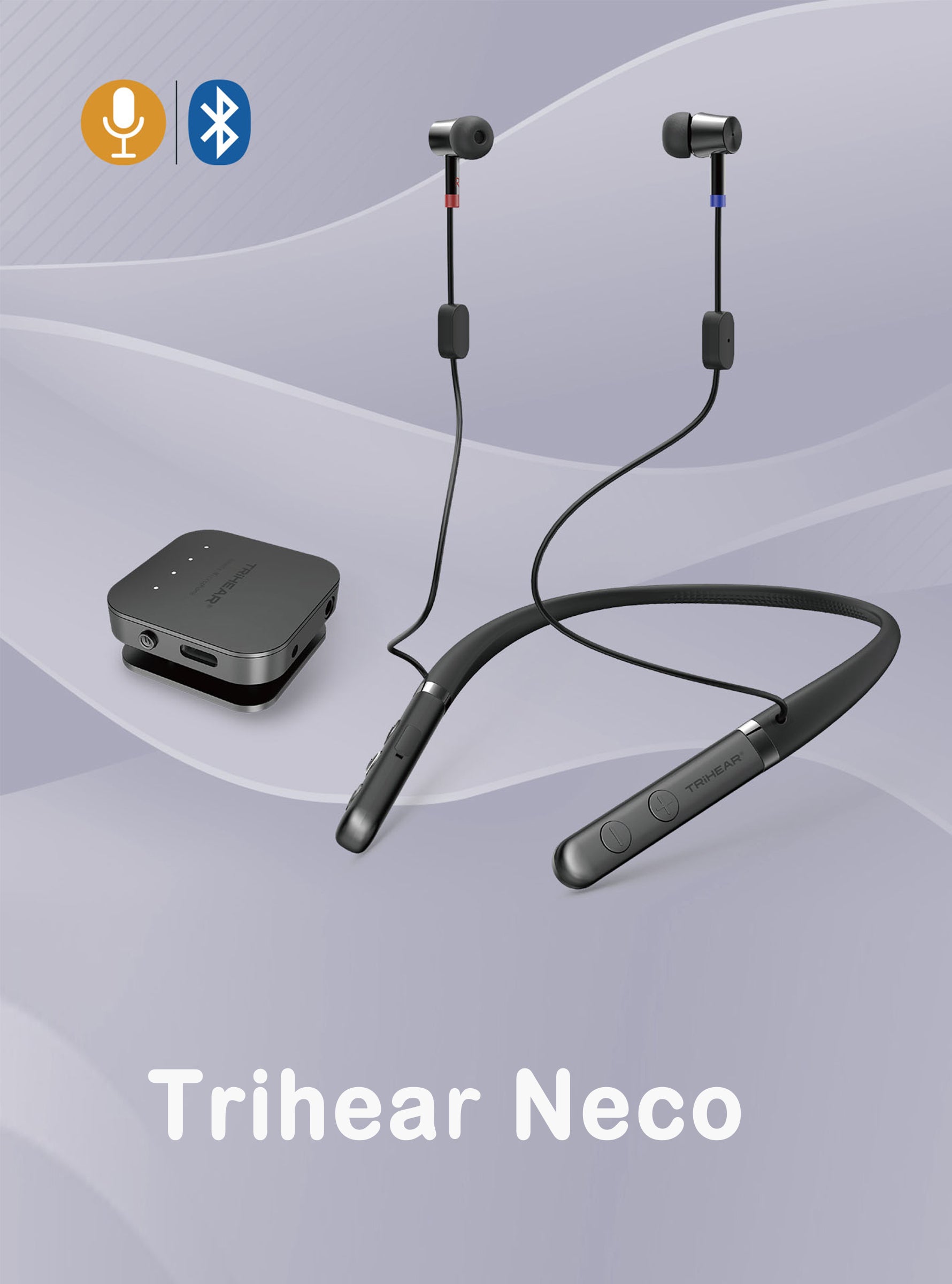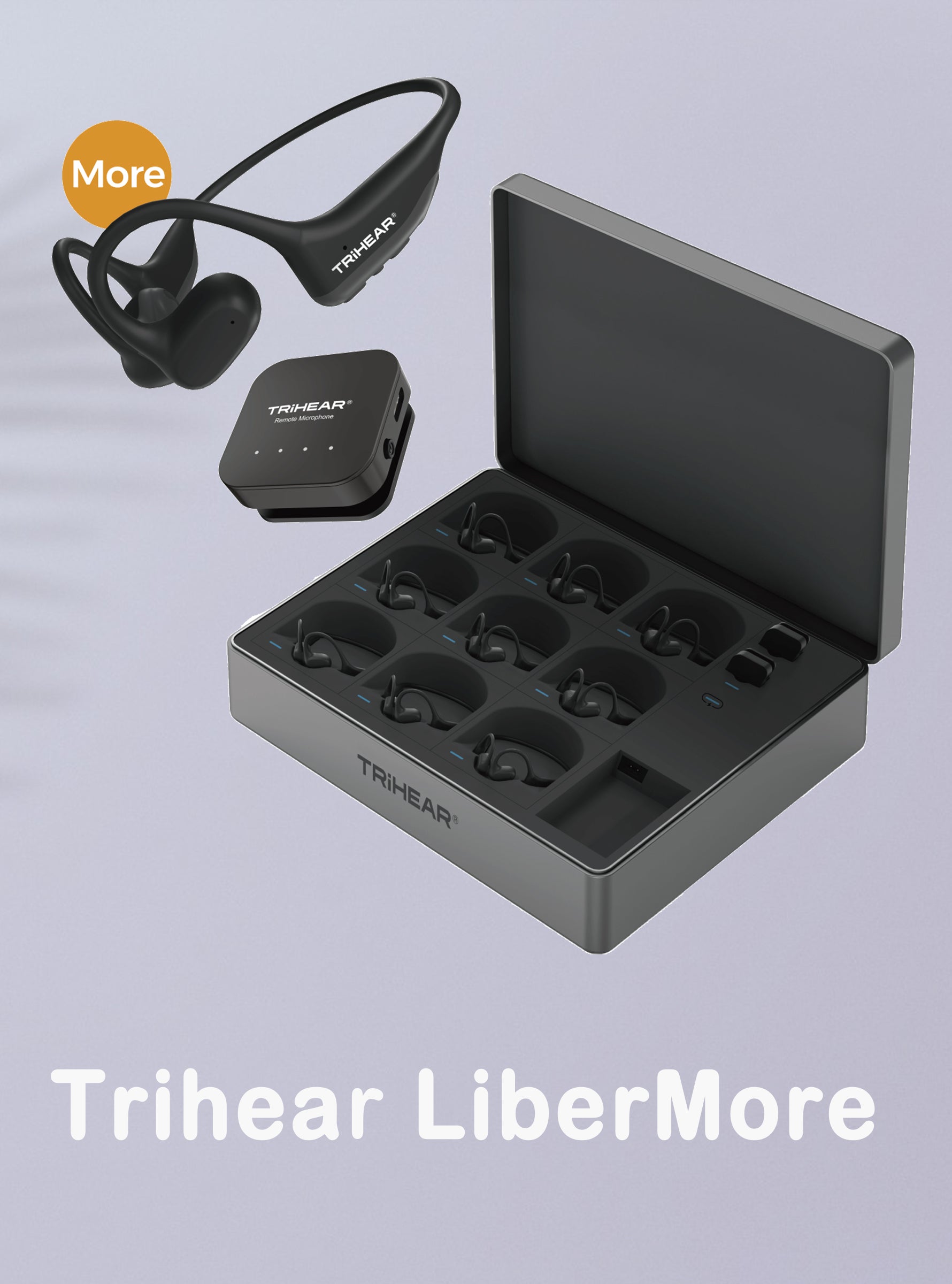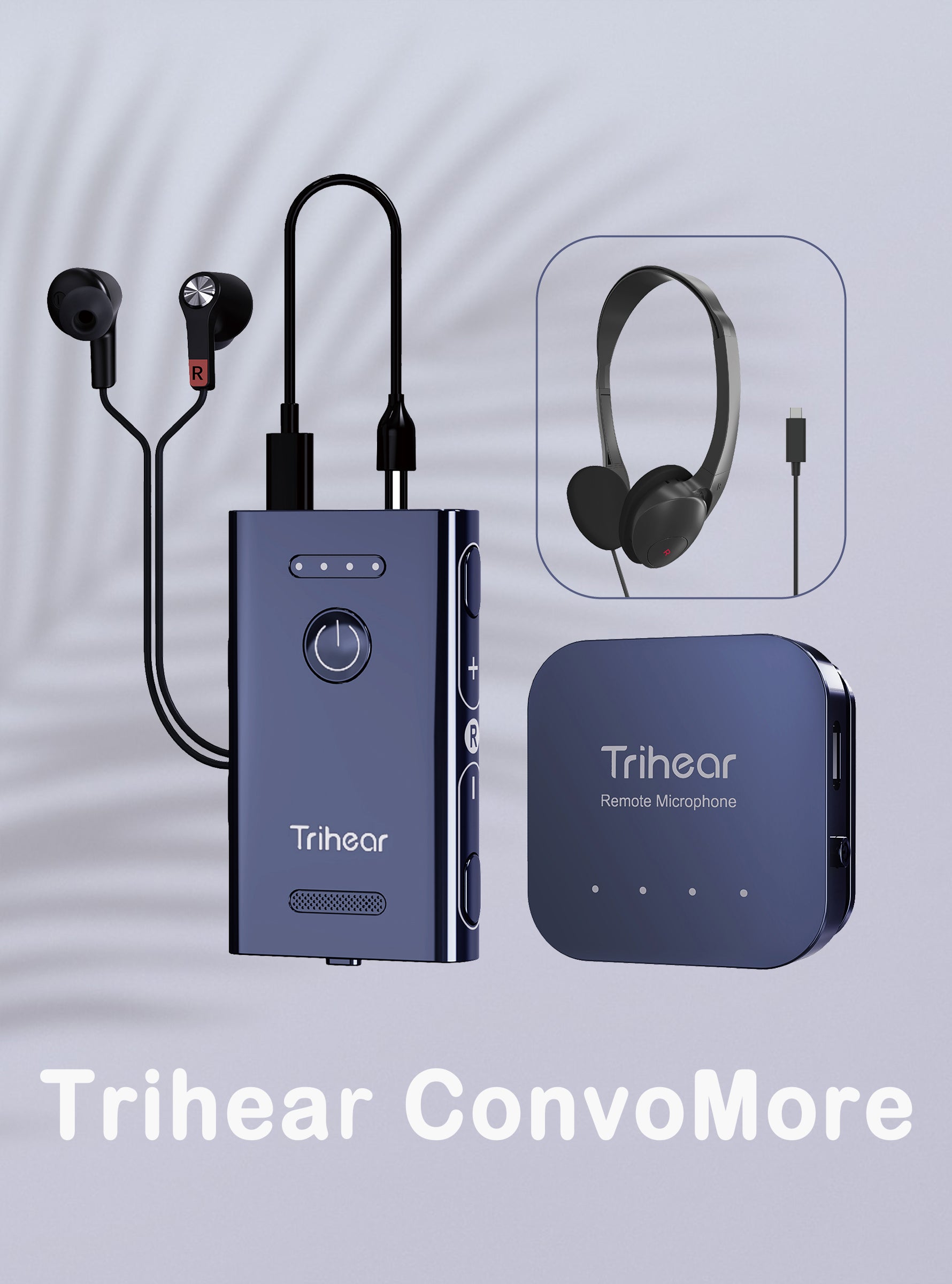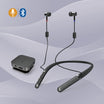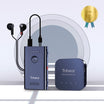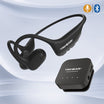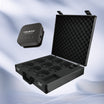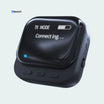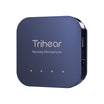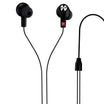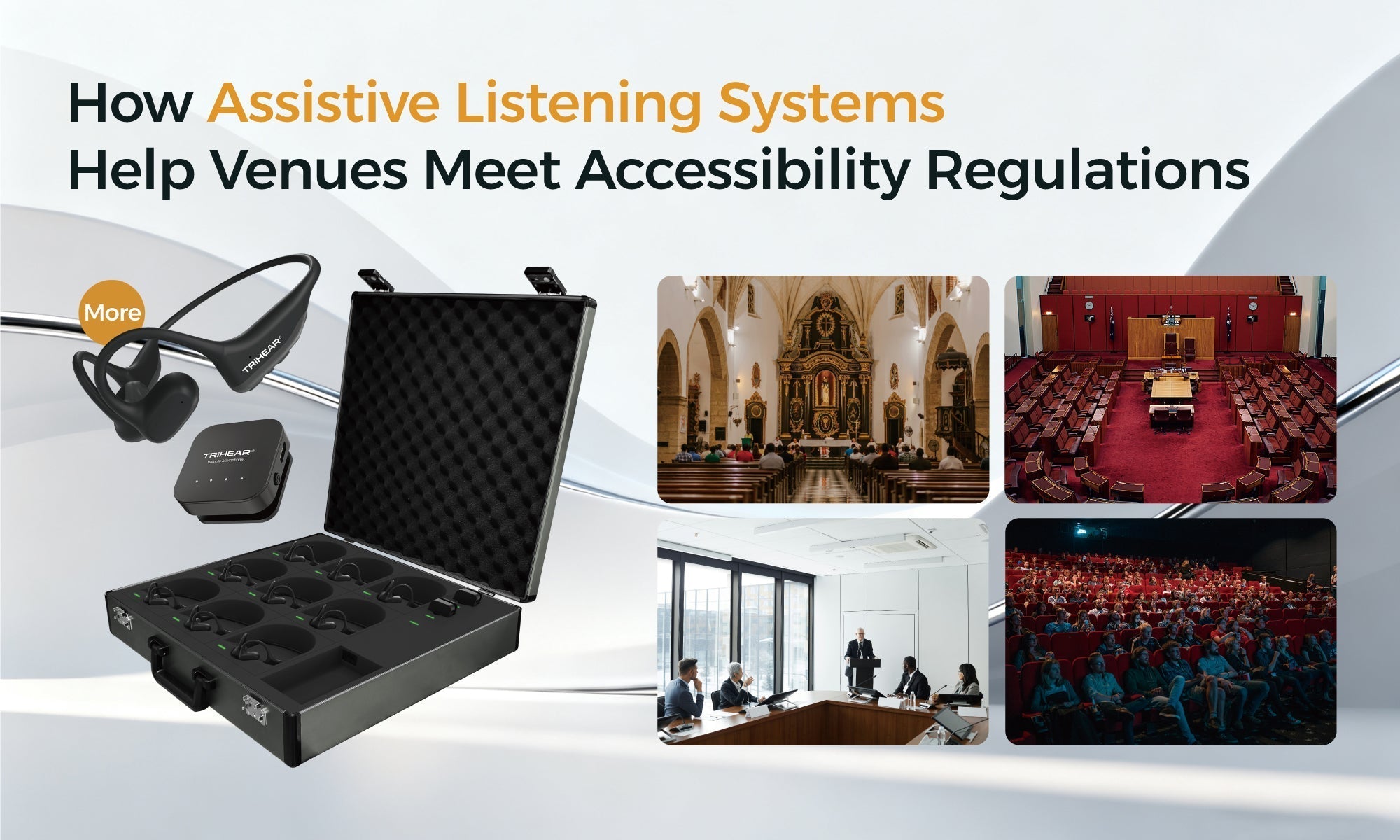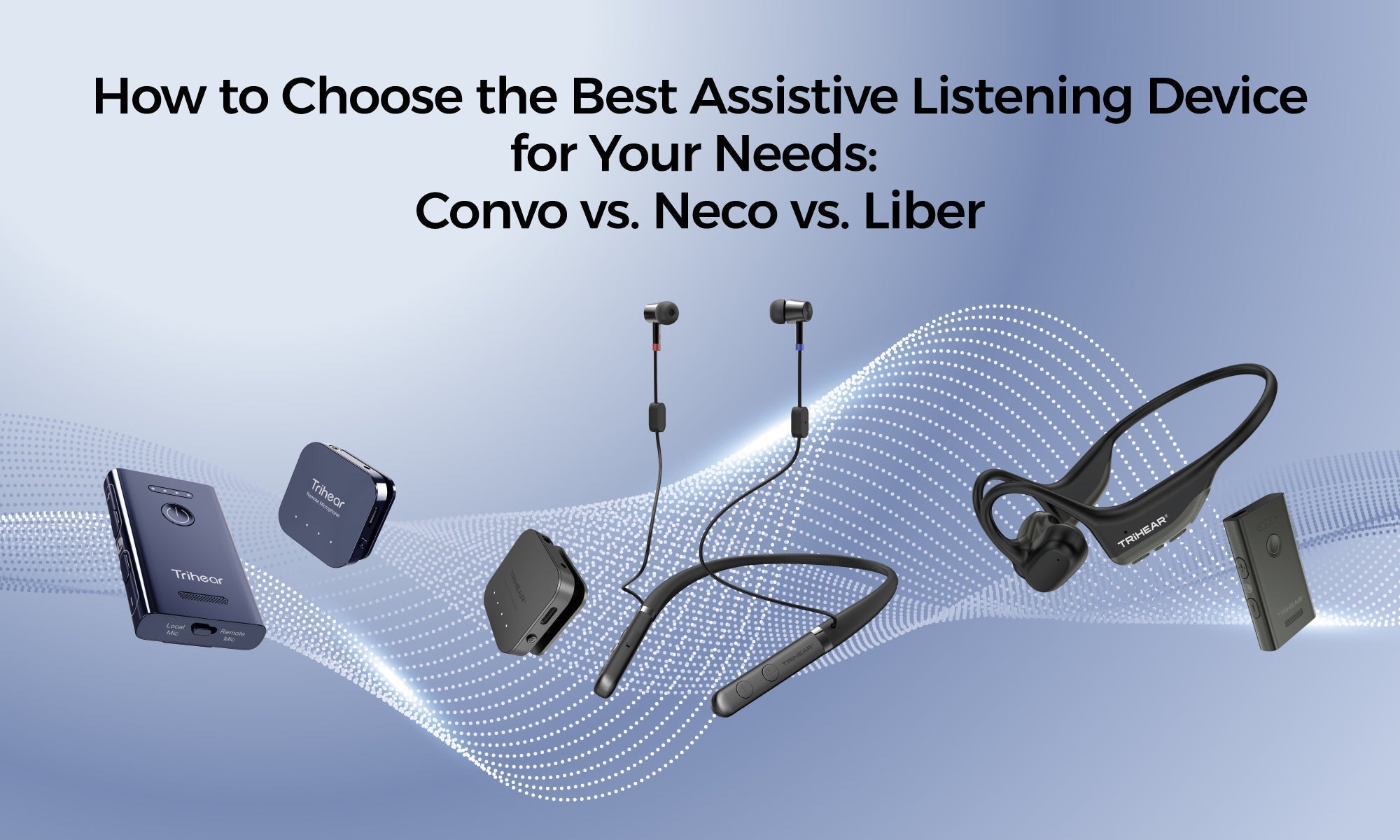On a quiet Sunday morning, Mary walks into her neighborhood church, eager to hear the pastor’s message. The stained-glass windows shine beautifully, the music fills the space—but when the sermon begins, Mary struggles. The echoes from the high ceilings and the whispers around her blur the words. She leaves feeling disconnected, despite being surrounded by her community.
For John, a law student attending court hearings, the experience is just as isolating. From the back of the courtroom, he strains to follow the arguments. Missing even a few words means losing the thread of the discussion entirely.
Mary and John’s experiences are not unique. They reflect the challenges faced by millions of people with hearing loss in public spaces every single day. And this is why hearing accessibility is not only a moral responsibility but also a legal requirement in many parts of the world.
Why Accessibility Is More Than a Ramp
When we talk about accessibility, most people think of ramps, elevators, or wheelchair spaces. These are vital, but communication access is often overlooked. Clear hearing is just as fundamental as physical entry—without it, participation becomes exclusion.
Governments are increasingly recognizing this reality:
· In the United States, the Americans with Disabilities Act (ADA) mandates that many public venues—from theaters to courtrooms—must provide Assistive Listening Systems (ALS).
· In the European Union, the European Accessibility Act (EAA) sets out similar requirements to ensure equal participation.
· And worldwide, more regions are adopting hearing accessibility standards as part of broader inclusion efforts.
For venue operators, this means one thing: hearing accessibility is no longer optional. It’s a compliance necessity.
What Exactly Are Assistive Listening Systems?
An Assistive Listening System is designed to do one simple but powerful thing: deliver clear sound directly to the person who needs it. Instead of amplifying everything—including background noise—ALS transmit audio straight from the source to individual receivers.
Think of it as giving every listener a front-row seat, no matter where they are sitting.
Key advantages include:
- Stable coverage over large spaces
- Secure digital transmission to avoid interference
- Ultra-low latency so speech feels natural
- Multiple receiver connections so groups can participate together
For people like Mary and John, that means no more guesswork, no more frustration—just clarity.
Compliance, Yes. But It’s About More Than That
There’s no question that ALS are vital for meeting accessibility regulations. Venues that fail to comply risk fines, lawsuits, or reputational damage. But focusing only on compliance misses the bigger picture.
1. Inclusivity as a Core Value
When a church installs an ALS, it tells every member: you belong here. When a courtroom uses one, it ensures justice is not just spoken but truly heard.
2. Better Experiences for Everyone
Good accessibility is good service. Attendees who can clearly follow discussions or performances are more engaged, more satisfied, and more likely to return.
3. A Future-Ready Venue
With an aging population, the demand for hearing support is only growing. Investing now means being ready for tomorrow’s audience.
Where ALS Make the Difference
• In Churches: Congregants can focus on the message, not the struggle to hear.
• In Courtrooms: Participants follow proceedings with accuracy, ensuring fairness.
• In Conference Halls: Professionals and students alike can engage fully, even in large or noisy spaces.
• In Theaters and Cinemas: Everyone enjoys the same performance, without barriers.
Each example shows that ALS are not just technical devices—they are enablers of inclusion.
Trihear’s Perspective
At Trihear, we’ve seen firsthand how transformative hearing accessibility can be. That’s why we design our Assistive Listening Systems to combine technical innovation with real-world usability: encrypted, stable transmission; ultra-low latency; and support for multiple receivers—all in a portable, user-friendly design.


